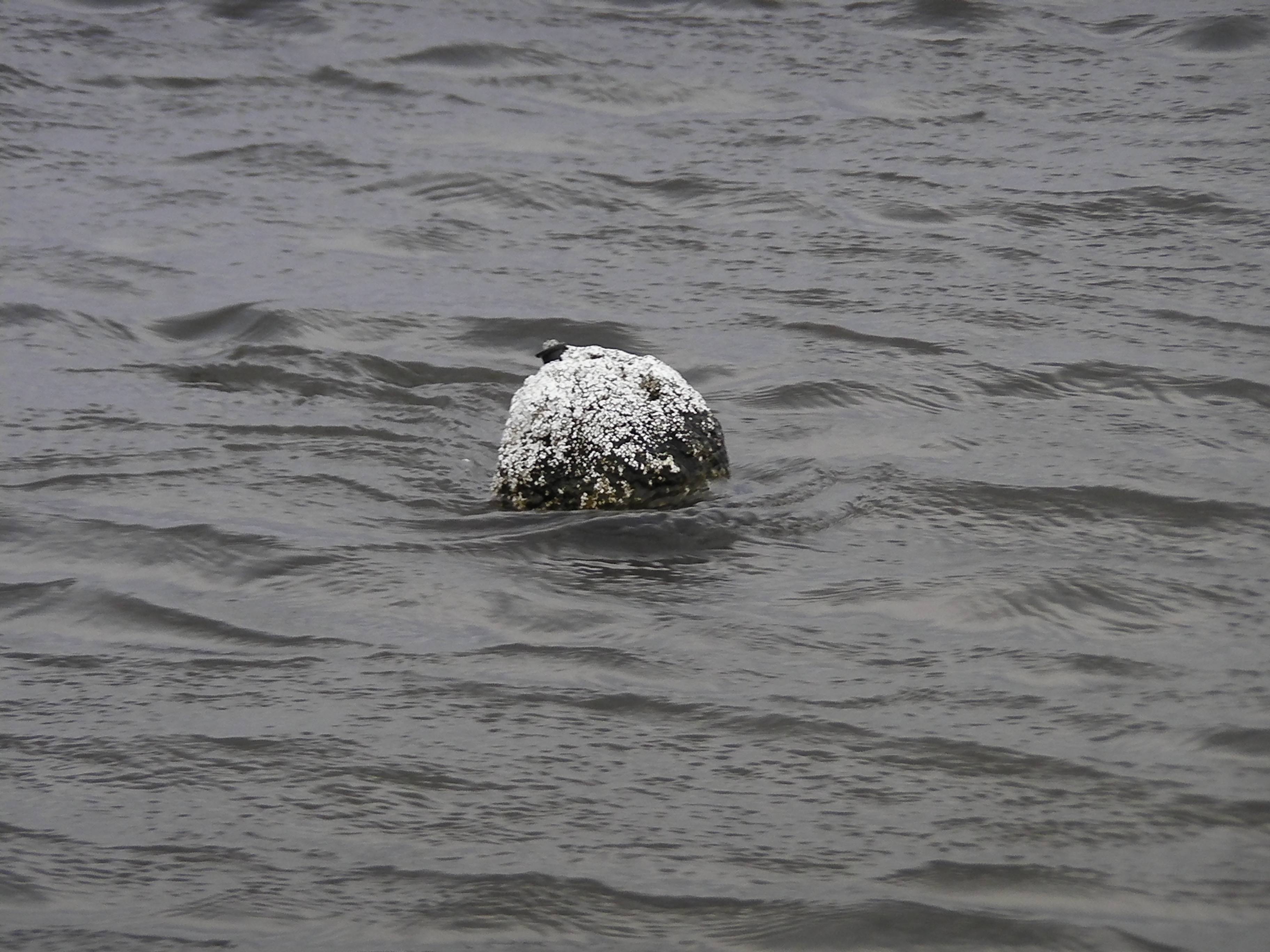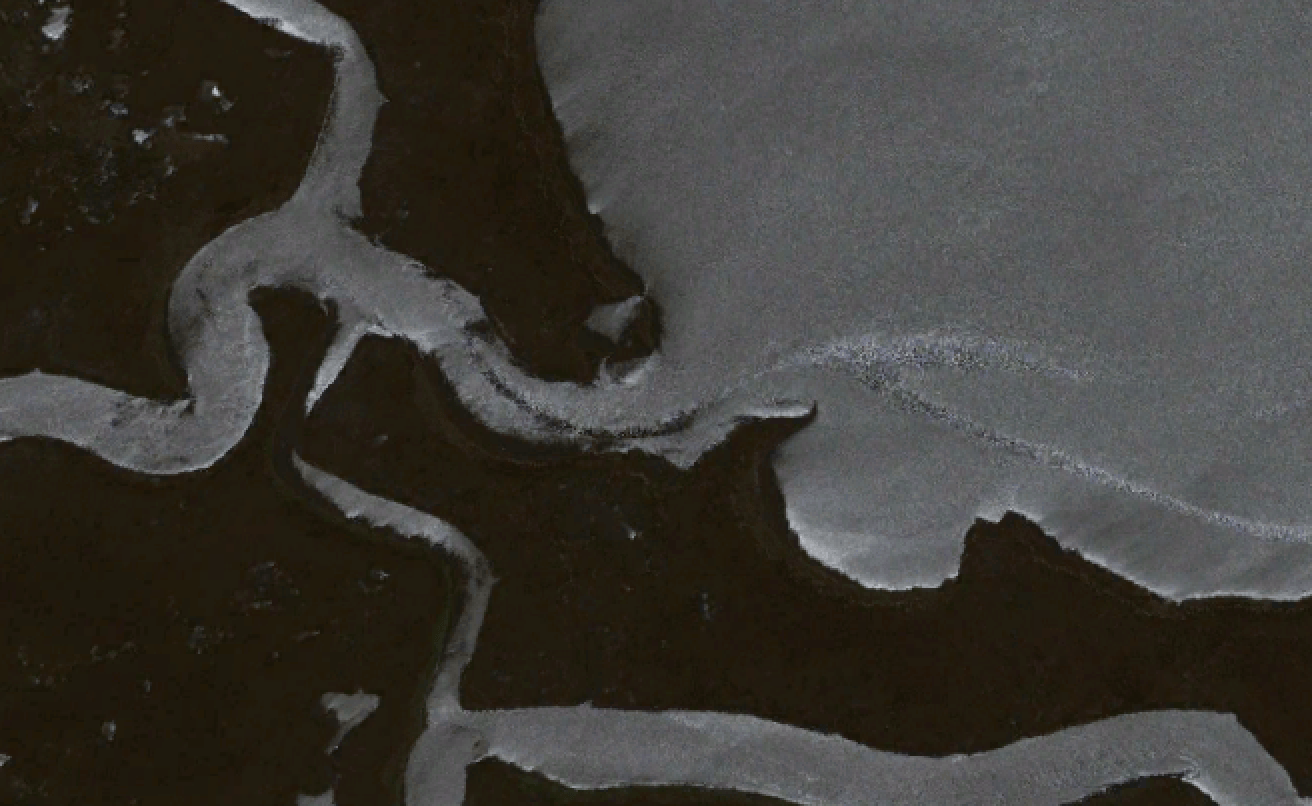Being a successful angler means paying attention to your surroundings.
Look at the cover photo above. Can you see that shoreline? What does it tell you?
Maybe you immediately knew the time of year and which way the wind is blowing.
If you did then perhaps you are more familiar with the marsh than others. But if you didn't then I have excellent inshore knowledge to offer you.
Feeling the Pulse of the Marsh
Step back in time and that shoreline is similar to the one I am seeing on a chilly November morning.
As the bay boat blasts down the bayou I am hiding behind the center console to the best of my abilities. There is a light mist out and it is collecting on my face and jacket, preemptively soaking my clothes before I even arrive to the first fishing spot.
Despite this, I am sure to pay attention to my surroundings.
Behind me I can hear popping corks rattling in the wind, the report of distant shotguns, feel the light north wind and the vibration of water rushing under the hull.
I know there are forecasts for everything imaginable from the tide to the wind.
However, I also know that the marsh is a living, breathing, pulsing thing.
Too often I have launched my boat to find the water is moving opposite to what was foretold or that the wind is really double of what was guessed by the weatherman from the comfort of his office.
I am talking about putting your finger on the Pulse of the Marsh.
Every weekend I see excited anglers scrambling to launch their boat just to take off to the "honey hole" without any real thought towards the conditions at hand.
I have wrote about keeping your head on a swivel, but what I am writing about here is more than noticing things: it is about putting it all together to understand the marsh.
Why is feeling the Pulse of the Marsh important?
Inshore fishing is unique in that no two days of fishing are ever the same.
One can catch a limit of trout on Monday and not see a fish on Tuesday. The marsh is going to do what the marsh is going to do, with no regard to your fishing trip.
How many oak trees have stood on the shore of Bayou LaLoutre watching anglers come and go?
It is clear the marsh will not bend to our will. Instead we need to learn how the marsh behaves. This is why it is important to feel the pulse of the marsh.
I continue my journey down the bayou.
As the boat hums along at an easy 35mph I pay attention to the water by using a simple indicator: crab traps.
More precisely, the float used for crab traps.
Also referred to as "crab corks", they can be seen virtually everywhere in the marsh. While viewed by many as a navigational impedance, I view crab traps as wind vanes of the water.

This weathered crab trap is telling you a lot more than you realize.
Wind Vanes of The Water
Water ripping around the float indicates two things:
- current speed (at that location)
- tidal direction (rising or falling)
I can tell how quickly the water is rising or dropping by how big the "V" is around the float and how hard it is leaning.
Aids to Navigation
Crab traps tell me the water is reasonably navigable.
Think about it: if the crabber can get there safely in his big boat then I can most likely do the same in mine.
Good Water Quality
The presence of crab traps tells me the water moves enough to be reasonably oxygenated. This is more important to pay attention to during the summer as warmer water holds less dissolved oxygen.
June of '12 is an Example Monstrous east winds were causing water levels to be a solid two feet above normal.
The water was cooler, more oxygenated and packed full of baitfish. One day the hard east winds stopped, turning around from west.
The results were devastating: water levels dropped like a rock, became warmer, then less oxygenated.
There was a massive fish kill. Dead pogies, redfish, flounder and more were everywhere.
During the east winds that area had crab traps everywhere. After the west wind and subsequent fish kill the crab traps were nowhere to be seen.
Location of Tidelines
Pay attention to crab traps in open bays. They are not haphazardly tossed out there.
Crabbers are fishing just as thoughtfully as you (probably more) and have placed those crab traps along tidelines formed by moving water. Not all tidelines are readily visible from the surface but that does not mean they are not there.
They are placed there to tempt crabs floating with the tide. If crabs are swimming by, what else is passing through?

This satellite image shows a tideline exiting Crooked Bayou into Lake Eugene on a falling tide. This is a great location to fish.
Seagulls Are Smarter Than You
Sometimes I notice seagulls "sitting" where tidelines will eventually form. They are waiting for an easy meal to arrive.
Feeding trout push shrimp to the surface as they attempt escaping. When they do, the seagulls will have their meal. Since tidelines are predictable, inevitably occurring in the same place, seagulls will wait for the shrimp to arrive.
Keep in mind they are not sitting there because of the tideline, but because they have eaten there before and are trying it again.
If you see sitting birds it is worthy to try a few casts or at the bare minimum make a mental note to fish that spot later. Should birds be actually diving and pulling shrimp out of the water you'd be insane to keep driving past it!
I finished that day in November with a limit of trout, finding them along a line of crab traps with curious birds peering down from their vantage point in the sky.
I was still a little wet from my morning ride but the sun had burned most of the light fog away.
It was one of those surreal mornings where I was in the boat by myself but not alone. I was there, with the marsh.
It was one of those days I felt like I was in my groove and had my finger on the pulse of the vast ecosystem I was in.
Taking a final count of speckled trout in the cooler and satisfied that I had exactly 25, I pointed the bow of the boat to new waters where I planned on scouting for redfish.
That is a story for another day.
Want to discover more? Then you should enroll in Inshore Fishing 101.
